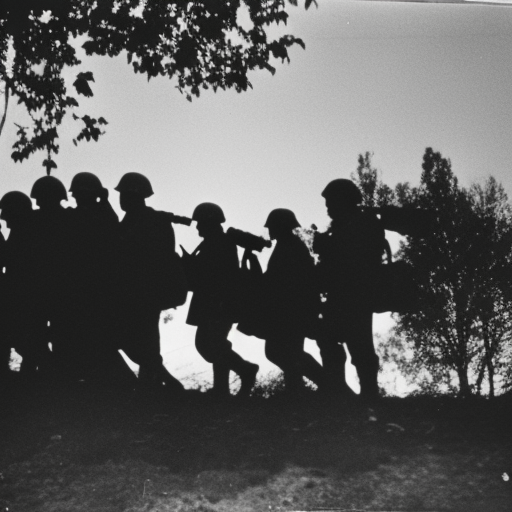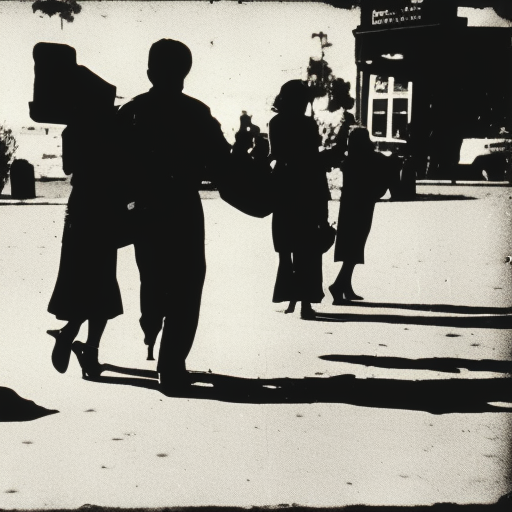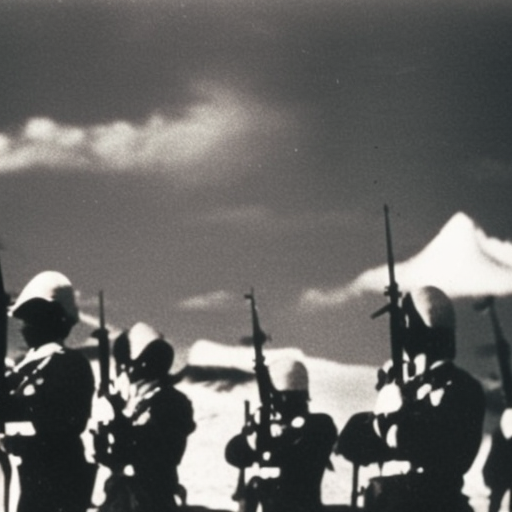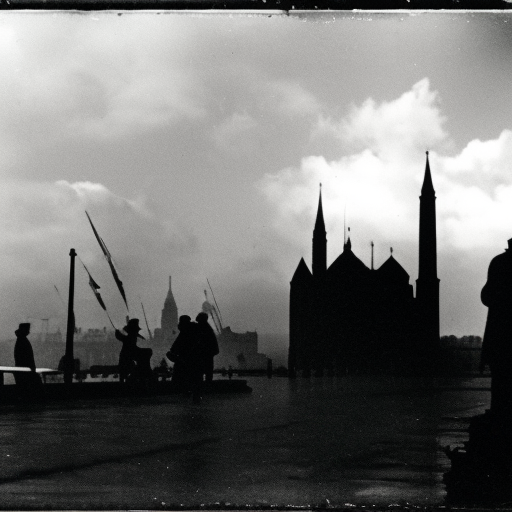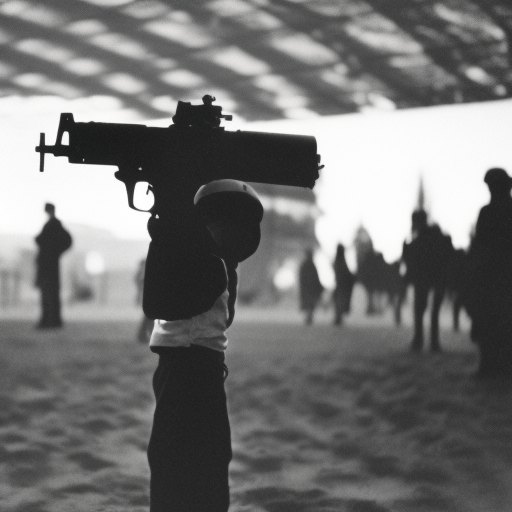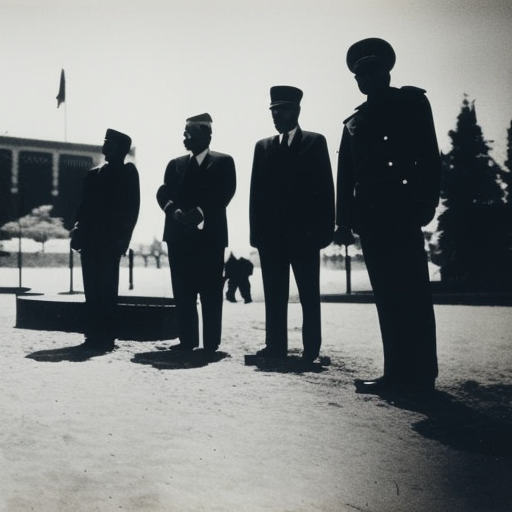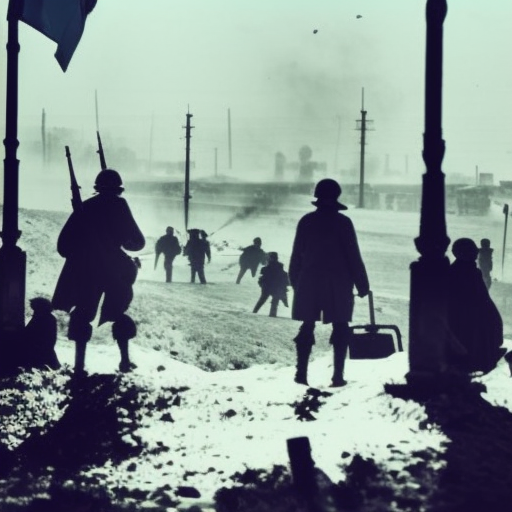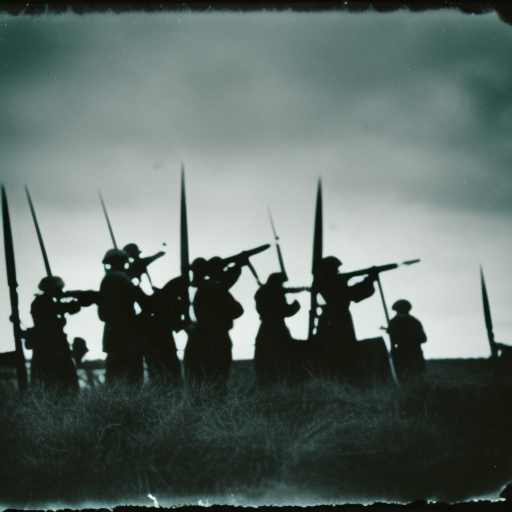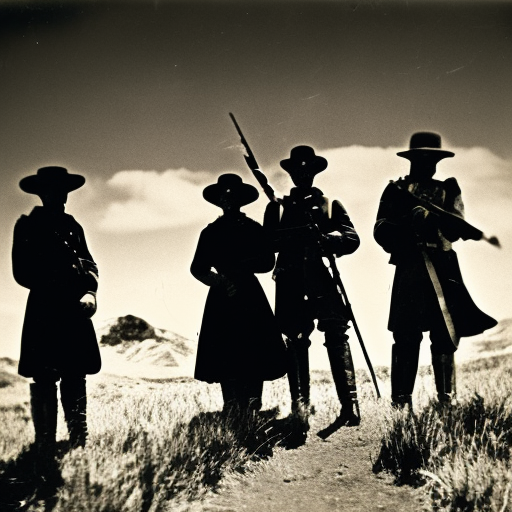World War II in Yugoslavia: A complex and brutal conflict marked by resistance movements, ethnic tensions, and foreign invasions.
Constitutionalist Revolution Explained
The Constitutionalist Revolution was a political movement in Brazil that aimed to restore democratic governance and uphold the country’s constitution.
Alizarin Explained
Alizarin is a red dye derived from the roots of the madder plant, widely used in the textile industry during the 19th and early 20th centuries.
Battle of Balaclava Explained
The Battle of Balaclava was a significant engagement during the Crimean War, known for the infamous Charge of the Light Brigade.
End of World War II in Europe Explained
The end of World War II in Europe marked the defeat of Nazi Germany and the liberation of occupied territories.
Armistice Day Explained
Armistice Day commemorates the end of World War I and honors the sacrifices of military personnel.
Tehran Conference Explained
The Tehran Conference was a meeting between the leaders of the Allied powers during World War II to discuss strategy and coordination against the Axis powers.
Allied invasion of Italy Explained
The Allied invasion of Italy was a military campaign during World War II that aimed to liberate Italy from Fascist rule and weaken the Axis powers.
Tryst with Destiny Explained
‘Tryst with Destiny’ is a historical speech by Jawaharlal Nehru that marked India’s independence and outlined its future vision.
Ukrainian War of Independence Explained
The Ukrainian War of Independence was a conflict fought between 1917 and 1921, in which Ukraine sought to establish its independence from Russia and other neighboring powers.
First battle of Schooneveld Explained
The First Battle of Schooneveld was a naval engagement during the Second Anglo-Dutch War in 1673.
Boer Wars Explained
The Boer Wars were a series of conflicts between the British Empire and the Boer states in South Africa, resulting in British victory and the establishment of British control over the region.









